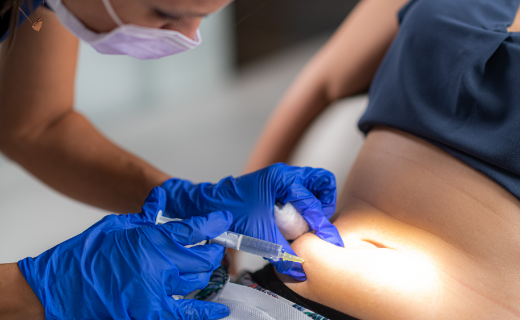Nevus cell nevi are benign, melanocytic skin tumours. The number of moles increases steadily until the 3rd decade of life, with genetic predispositions and UV exposures playing a major role. Acquired nevi are well circumscribed, round to oval, with regular diameter of 2-5mm.
Depending on their location, three types are distinguished. Junctional nevus is located epidermally and usually has a solid medium to dark brown coloration. The compound nevus is located epidermodermally and is lighter pigmented than the junctional nevus.
And last but not least, the dermal nevus, which is located exclusively dermally, is usually raised and has a lighter coloration than the compund nevus.
